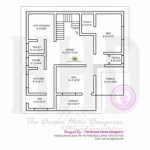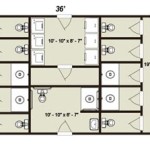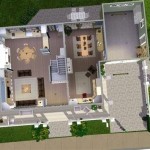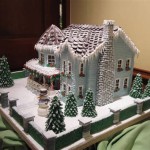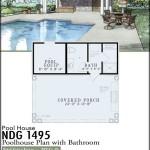Traditional Japanese House Designs and Floor Plans: A Journey into Timeless Elegance
Step into the realm of traditional Japanese houses, where harmony with nature, simplicity, and functionality blend effortlessly to create living spaces of timeless beauty. These dwellings, known as "minka", embody the essence of Japanese culture, showcasing a thoughtful approach to architecture that has stood the test of time. ### Design Principles: Embracing Simplicity and Natural Elements Traditional Japanese house designs are rooted in the concept of "wa," which emphasizes harmony and balance between the living space and its surroundings. Simplicity, functionality, and a seamless connection with nature are the guiding principles that shape these architectural wonders. -Simplicity and Clean Lines
: Traditional Japanese houses showcase understated elegance, avoiding elaborate ornamentation in favor of clean lines and simple forms. This design philosophy embraces the beauty of minimalism, allowing the natural elements to take center stage. -Connection with Nature
: Japanese houses prioritize a strong connection with the outdoors. Large windows, sliding doors, and verandas blur the boundaries between the interior and exterior, inviting nature into the living space. The incorporation of natural materials, such as wood, bamboo, and rice paper, further enhances this harmonious relationship. -Open Floor Plans
: Traditional Japanese houses feature open floor plans that allow for flexibility and adaptability. Fusuma, sliding paper screens, and shoji, translucent paper-covered screens, divide the living space into various sections, creating versatile areas that can be easily reconfigured to suit changing needs. ### Floor Plans: Efficiency and Adaptability The floor plans of traditional Japanese houses reflect a thoughtful consideration of space and functionality. -Public and Private Spaces
: The layout typically divides the house into two distinct areas: the public zone, known as "omote," and the private zone, called "okute." The omote area comprises the entrance, living room, and dining room, while the okute includes the bedrooms and other private spaces. -Genkan: The Entryway
: The genkan, or entryway, serves as a transitional space between the outside world and the house's interior. It features a sunken floor and a raised platform, allowing for the removal of shoes before entering the living area. -Tokonoma: The Alcove of Honor
: The tokonoma, an alcove or display area, is a prominent feature in many traditional Japanese houses. It is typically located in the main room and serves as a focal point for displaying precious objects, such as scrolls, flower arrangements, or treasured possessions. ### Construction Techniques: Harmony with Nature Traditional Japanese houses employ construction techniques that showcase a deep respect for nature and sustainability. -Wood and Natural Materials
: Wood is the primary construction material, with timber frames and wooden beams forming the structure of the house. Other natural materials, such as bamboo, rice paper, and tatami mats, are also widely used, creating a warm and inviting atmosphere. -Earthquakes and Flexibility
: Traditional Japanese houses are designed to withstand earthquakes, which are common in Japan. Flexible joints and sliding doors allow the structure to sway during seismic activity, minimizing damage. -Ventilation and Climate Control
: Houses are designed to facilitate natural ventilation, with windows and doors strategically placed to promote airflow. These features, combined with the use of tatami mats and wooden floors, help regulate temperature and humidity, creating a comfortable living environment. Traditional Japanese houses, with their emphasis on simplicity, harmony, and connection to nature, offer a glimpse into the rich cultural heritage of Japan. These architectural gems not only provide functional living spaces but also serve as a testament to the enduring beauty of timeless design.
Hachidori Floor Plan Traditional Japanese House Japan Design Home Plans

Traditional Japanese House Floor Plan Google Search Plans

Japanese Home Design Ideas Pictures 331 Sqm Homestyler

Traditional Japanese Home Floor Plan Cool House Plans Ideas Des Architecture Style

The Layout Of Ground And First Floor A Traditional Japanese House Scientific Diagram

Typical Home Layouts Differences Between Japan And Abroad
What Do The Blueprints Of A 1 Floor Traditional Japanese House Look Like Quora

Traditional Japanese House Style Plans

Japanese Home Design Ideas Pictures 331 Sqm Homestyler

Traditional Japanese Architecture Tea Ceremony Japan Experiences Maikoya

